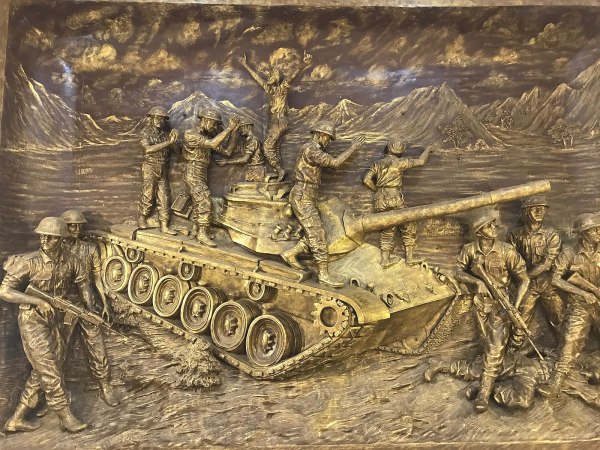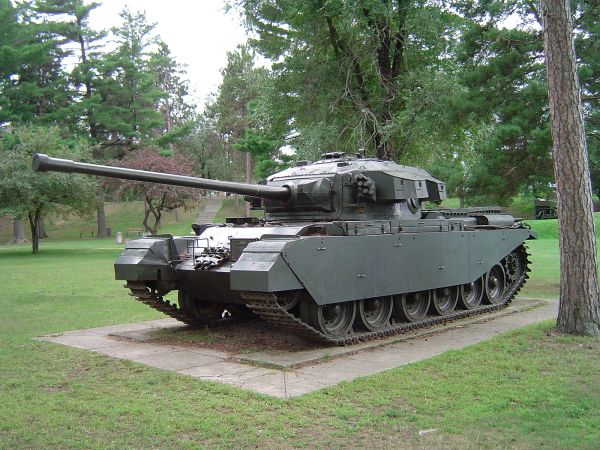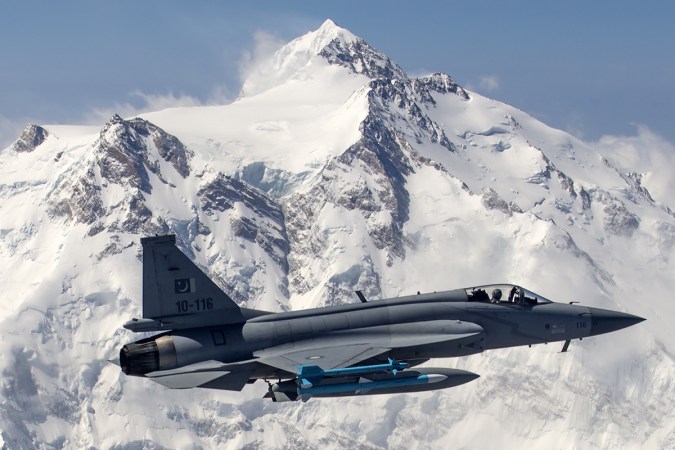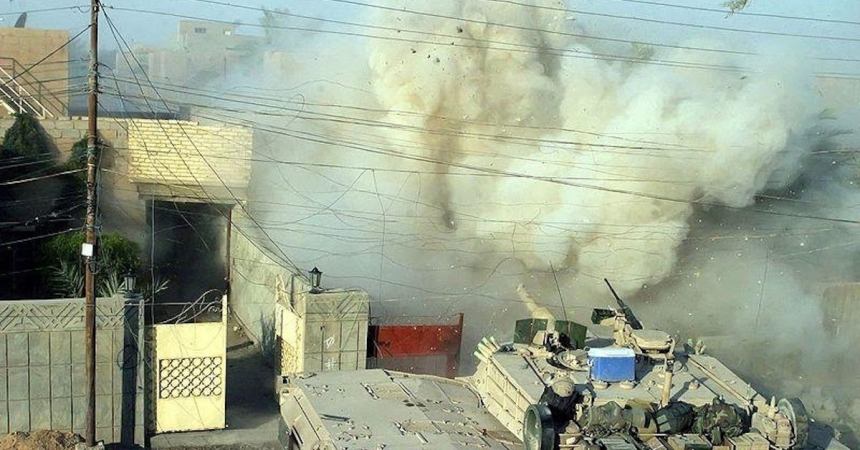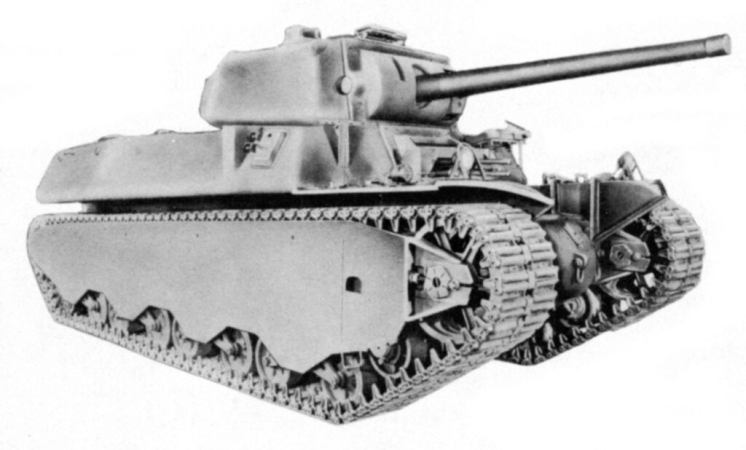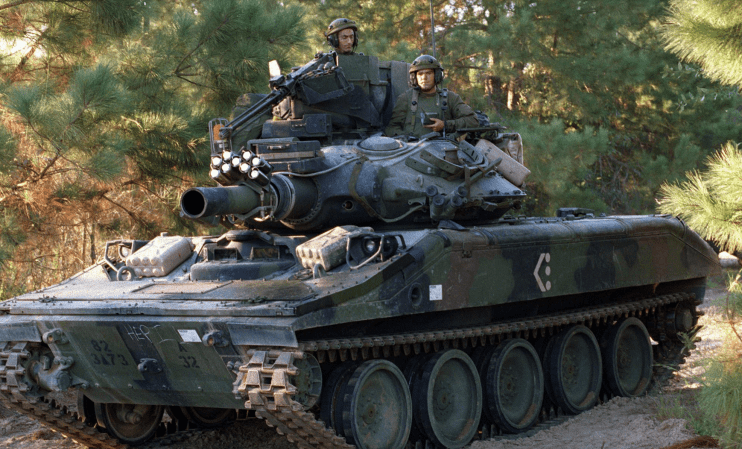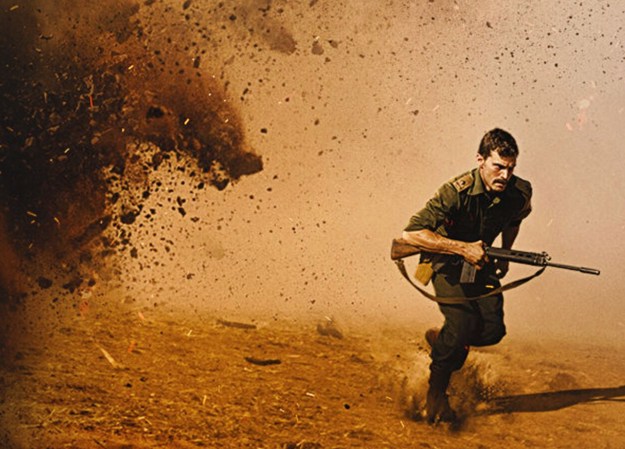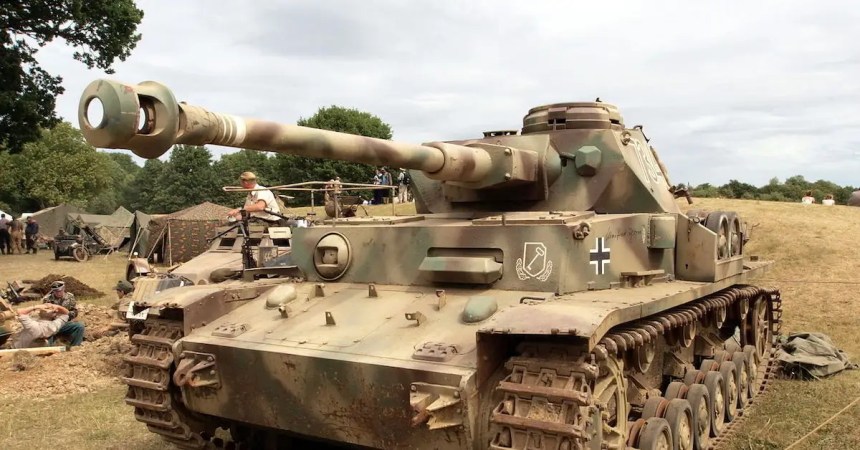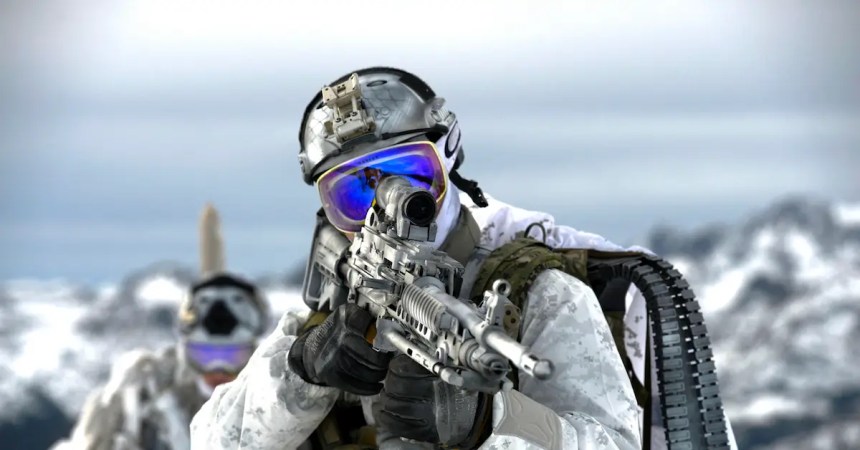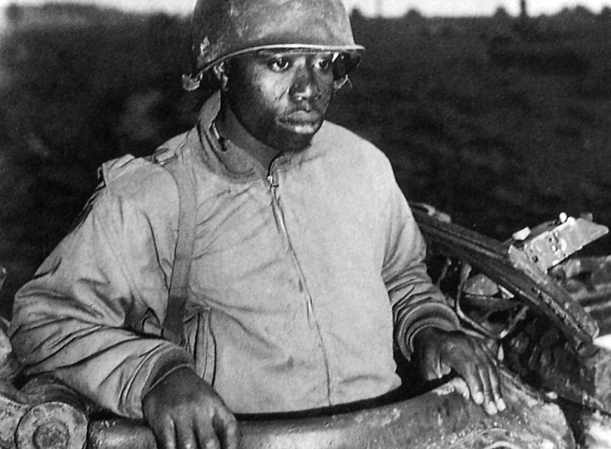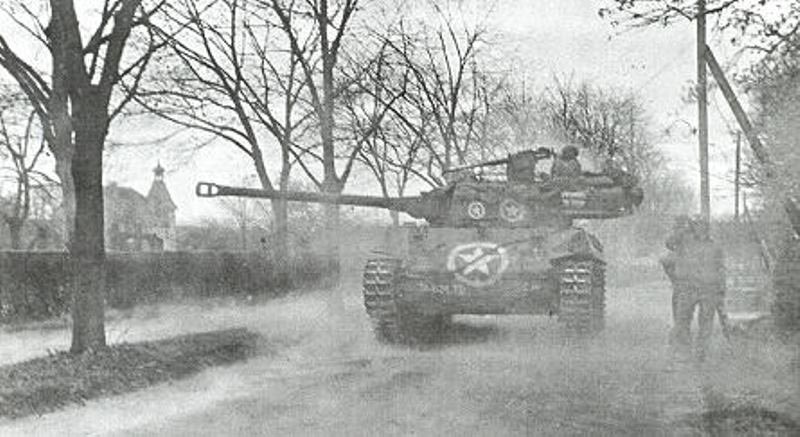During the 1965 Indo-Pakistani War, the countries fought each other with arms purchased from their allies, namely the U.S. and Great Britain. Ultimately, this lead to battle after battle in which Britain’s top tank, the Centurion, mopped the floor with America’s top tank, the M48 Patton.

To understand the war and its odd forces makeup, you have to go back to immediately post-World War II as the British Empire went through a controlled implosion. The longtime colony of India, which, prior to occupation, had been its own large but fractured nation, was granted independence in 1947. But, in an acknowledgement of the fact that India was filled with disparate peoples, the colony was split into two countries: India and Pakistan.
Pakistan was made up of the Muslim-majority areas of the former colony and India was made up of more secular and Hindi peoples, which had a large overlap. The big problem was that the Muslim-majority areas were on either side of the secular/Hindi area, and so Pakistan was split with almost all of northern India in the middle.
Fighting broke out in 1947 over which nation would get control of Kashmir, an area which adjoined both countries. U.N. mediation eventually resulted in splitting the administration of the area with both nations taking control of a section of the disputed area. Neither side was happy with the final line.

Both India and Pakistan were granted access to U.S. and British weapon stockpiles so they could defend themselves against larger neighbors, like China. Consequently, India ended up with a large number of Centurion tanks and Pakistan had a large number of Pattons. In 1965, the re-armed and still-hostile nations fought again over their shared border and India sent forces into Kashmir territory administrated by Pakistan.
There was back-and-forth fighting, but Pakistani counterattacks were making good progress on the southern end of the battlefield. A full third of Pakistan’s entire armored force at the time, composed largely of American-made M4 Sherman tanks and cutting-edge M48 Patton tanks, conducted an armored thrust into the plains of Khem Karn.
Indian defenses in the area were limited. At the village of Assal Uttar, an Indian commander with three tank regiments totaling about 135 tanks faced a Pakistani force of six regiments and about 264 tanks.

And while there is an argument to be made that the Centurion fielded by India was one of the best tanks at the time, India’s Centurions lacked important upgrades and were fielded next to outdated Shermans and weak AMX-13s. Pakistan, meanwhile, had Patton tanks with decent bells and whistles, meaning they had better armor and better armor penetration then their enemies.
But Indian officers had a plan. Pakistani forces parked for the night near a low-lying area surrounded by mature sugarcane fields. Indian forces slowly crept up through the large sugarcane stalks and other troops released stored water into the low-lying areas, turning them into a swamp overnight.
When dawn came on September 10, 1965, the Pakistani tanks continued their advance but quickly sunk into the mud, some of them sinking down to their turrets. The forward tanks were stuck, and the tanks behind them couldn’t maneuver well without abandoning their peers. And then the Indians attacked.

With the sugar stalks as concealment, the Indian Shermans and Centurions were able to fire first even though the Pattons had longer range weapons, and Pakistani tanks that were unable to maneuver couldn’t point their thicker front armor towards the threat, especially since shots were coming from three sides.
The Indian tanks poured their fire into the valley and were joined by infantry and artillery forces, quickly dismantling the Pakistani column. The destruction was so widespread that historians weren’t able to pinpoint the exact number of Pakistani tanks destroyed, but Pakistan acknowledged that over half of its tank losses in the war came from that battle. It’s estimated at 99 tanks or more were lost on that single day.
India lost 10 tanks, which is tragic for the crews and still expensive, but an outstanding outcome in a battle where the enemy lost approximately 10 times as many.



